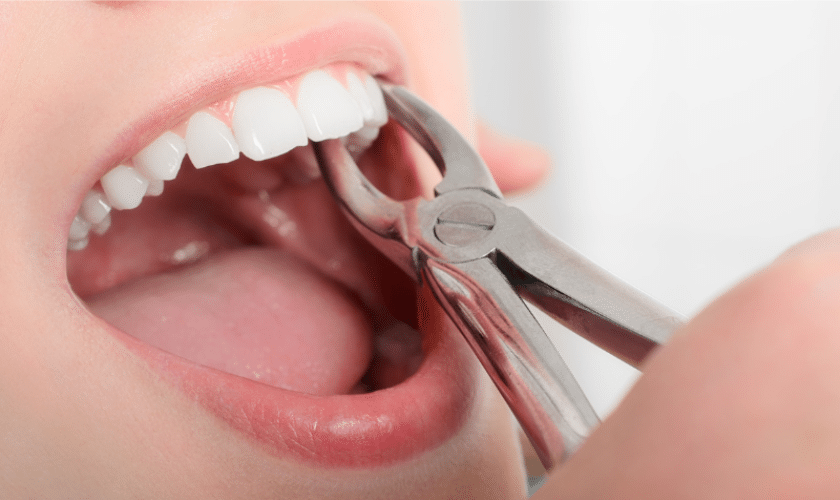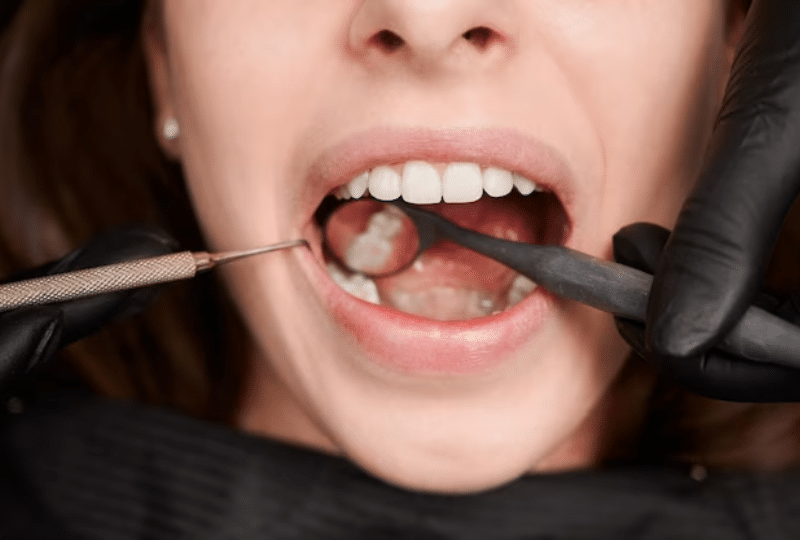Emergencies can strike at any time, and when it comes to dental issues, a sudden need for tooth extraction can be daunting. Whether due to severe decay, infection, or trauma, the prospect of having a tooth extracted unexpectedly can be overwhelming. However, being informed and knowing what to expect can help alleviate anxiety and ensure a smoother process. Here, we delve into the world of emergency tooth extraction, guiding you through what to do and what to expect every step of the way.
Understanding Emergency Tooth Extraction
When faced with severe dental pain or trauma, a dentist might recommend an emergency tooth extraction to alleviate discomfort and prevent further complications. This procedure involves the removal of a tooth from its socket in the jawbone. While it may seem daunting, it’s often necessary to preserve oral health and prevent the spread of infection.
What Leads to Emergency Tooth Extraction?
Various factors can lead to the need for an emergency tooth extraction, including:
- Severe tooth decay
- Advanced gum disease
- Trauma or injury to the tooth
- Impacted wisdom teeth
- Infection or abscess
Immediate Steps to Take
When faced with the need for emergency tooth extraction, prompt action is crucial. Here’s what you should do:
Contact Your Dentist: Immediately reach out to your dentist or an emergency dental service to schedule an appointment. The sooner you seek professional help, the better the outcome.
Manage Pain: If you’re experiencing pain, over-the-counter pain relievers such as ibuprofen can help alleviate discomfort temporarily. Avoid aspirin, as it may heighten the risk of bleeding.
Avoid Aggravating Activities: Refrain from eating hard or crunchy foods, as they can exacerbate the problem. Similarly, avoid touching the affected area to prevent further damage or infection.
Rinse with Saltwater: Gently rinse your mouth with a solution of warm water and salt. This can help reduce swelling and cleanse the area.
What to Expect During the Procedure
Undergoing a tooth extraction, especially in an emergency situation, can be intimidating. Here’s a breakdown of what typically happens during the procedure:
Assessment: The dentist will begin by assessing the condition of the affected tooth and the surrounding area. X-rays may be taken to evaluate the extent of the damage and plan the extraction.
Anesthesia: Local anesthesia will be administered to numb the area around the tooth, ensuring a pain-free extraction experience. In some cases, sedation may also be used to help you relax.
Extraction: Using specialized instruments, the dentist will carefully remove the affected tooth from its socket. In some cases, surgical techniques may be required for impacted or severely damaged teeth.
Post-Extraction Care: Once the tooth is removed, the dentist will provide instructions for post-extraction care. This may include using gauze to control bleeding, applying ice packs to reduce swelling, and taking prescribed medications as needed.
Follow-Up: It’s important to attend any follow-up appointments scheduled by your dentist to monitor healing and address any concerns.
Recovery and Aftercare Tips
The road to recovery following a tooth extraction can vary from person to person. Here are some practical tips to help promote healing and alleviate discomfort:
Manage Pain and Swelling: Over-the-counter pain relievers and applying ice packs to the affected area can help reduce pain and swelling. Adhere to their guidance regarding pain medication for optimal relief.
Eat Soft Foods: Stick to a soft diet for the first few days following the extraction. Avoid consuming hot, spicy, or acidic foods that might cause irritation to the extraction site.
Practice Good Oral Hygiene: While avoiding the extraction site, continue to brush and floss your teeth gently to maintain oral hygiene. Rinse your mouth with a mild saltwater solution to uphold oral hygiene and ensure the extraction site remains clean.
Avoid Smoking and Drinking Through a Straw: Smoking and using a straw can disrupt the blood clot formation at the extraction site, leading to complications such as dry socket. Wait until you’re fully healed before resuming these habits.
Rest and Relax: Give yourself adequate time to rest and relax after the procedure. Stay away from strenuous activities that could exacerbate bleeding or discomfort.
While emergency tooth extraction may seem intimidating, understanding the process and following proper aftercare measures can help ensure a smoother recovery. By prioritizing oral hygiene and seeking regular dental care, you can maintain a healthy smile for years to come. If you ever find yourself in need of emergency dental care, don’t hesitate to reach out to a trusted Oak Park Dentist for expert guidance and support throughout your treatment journey.


